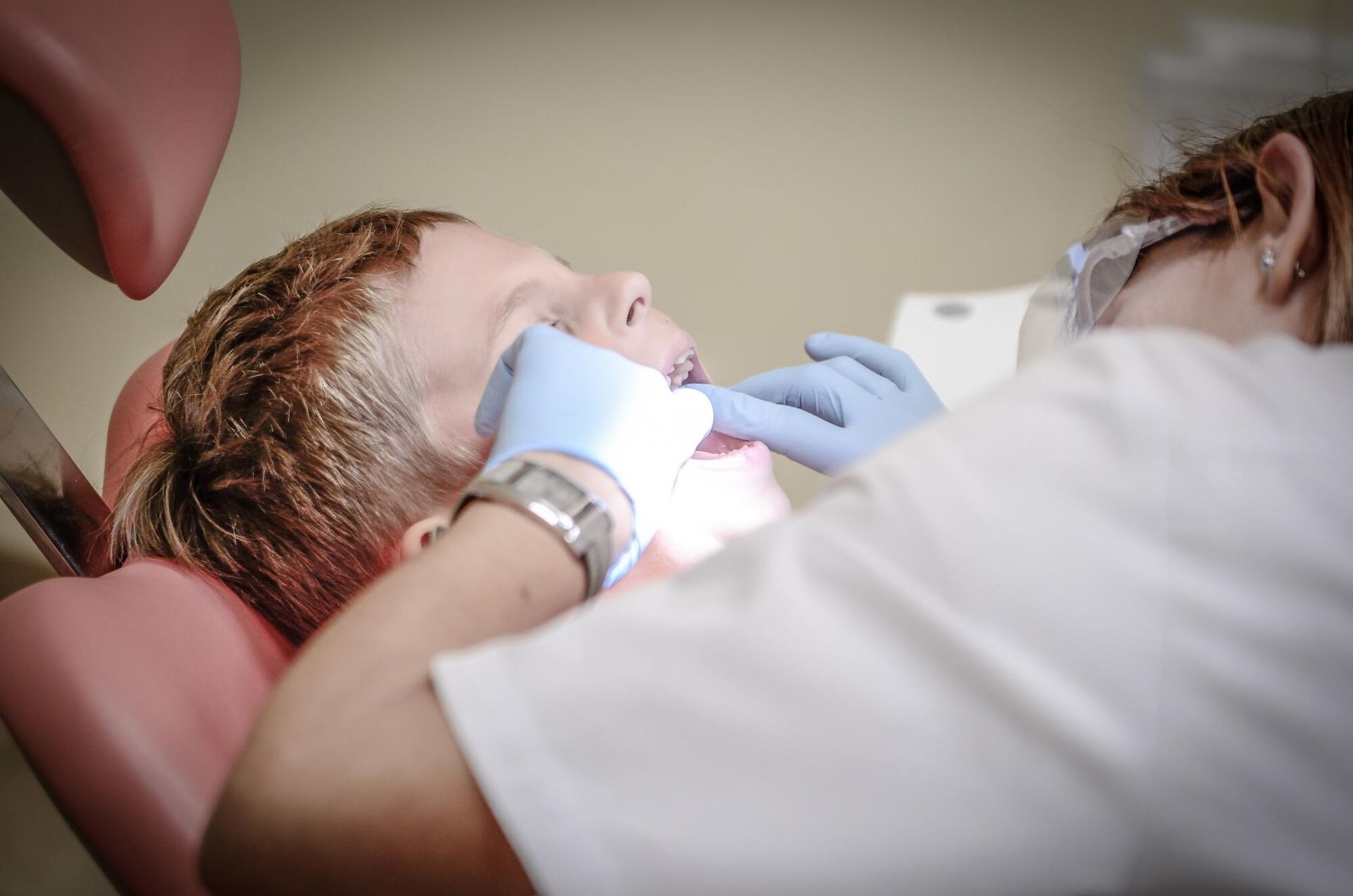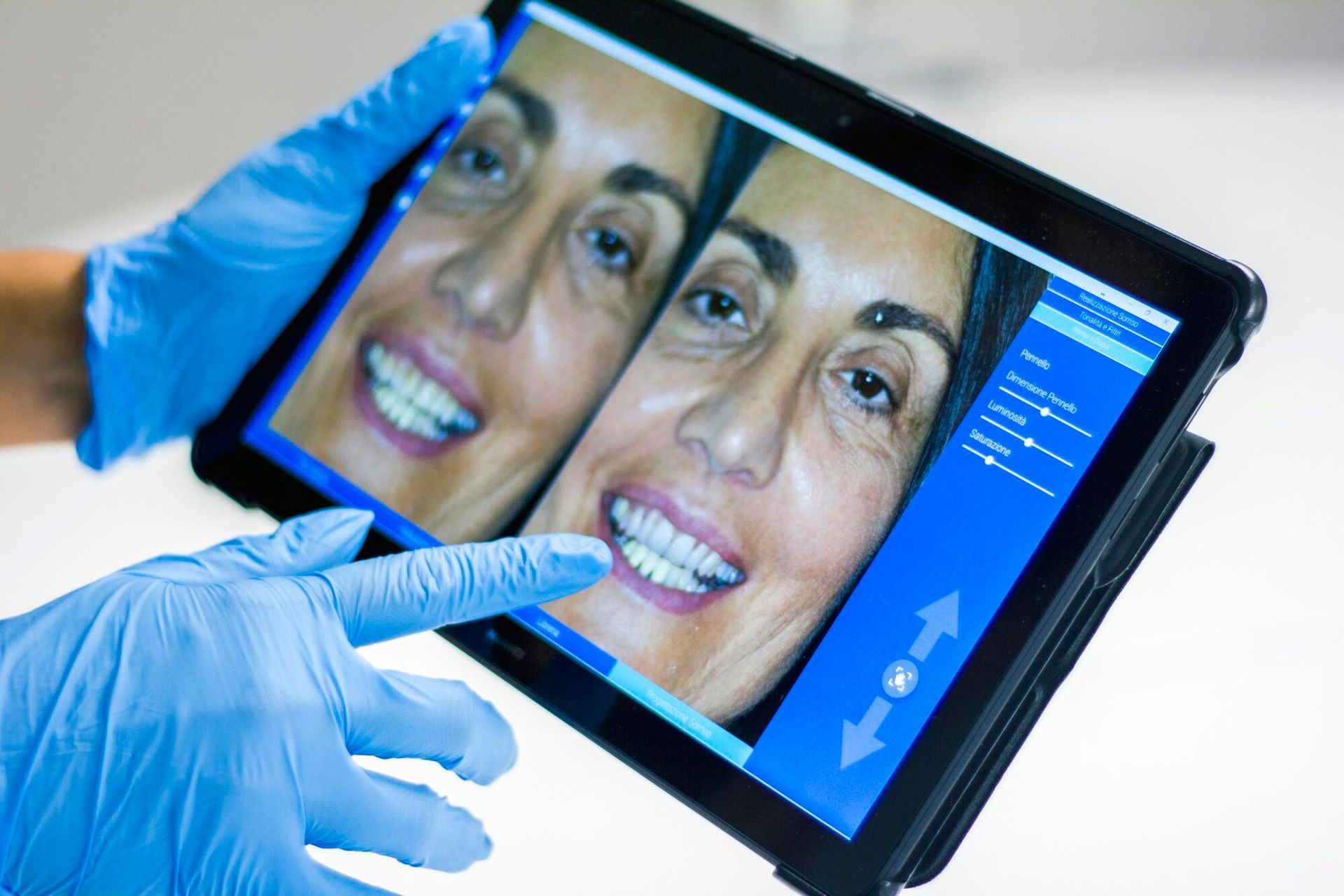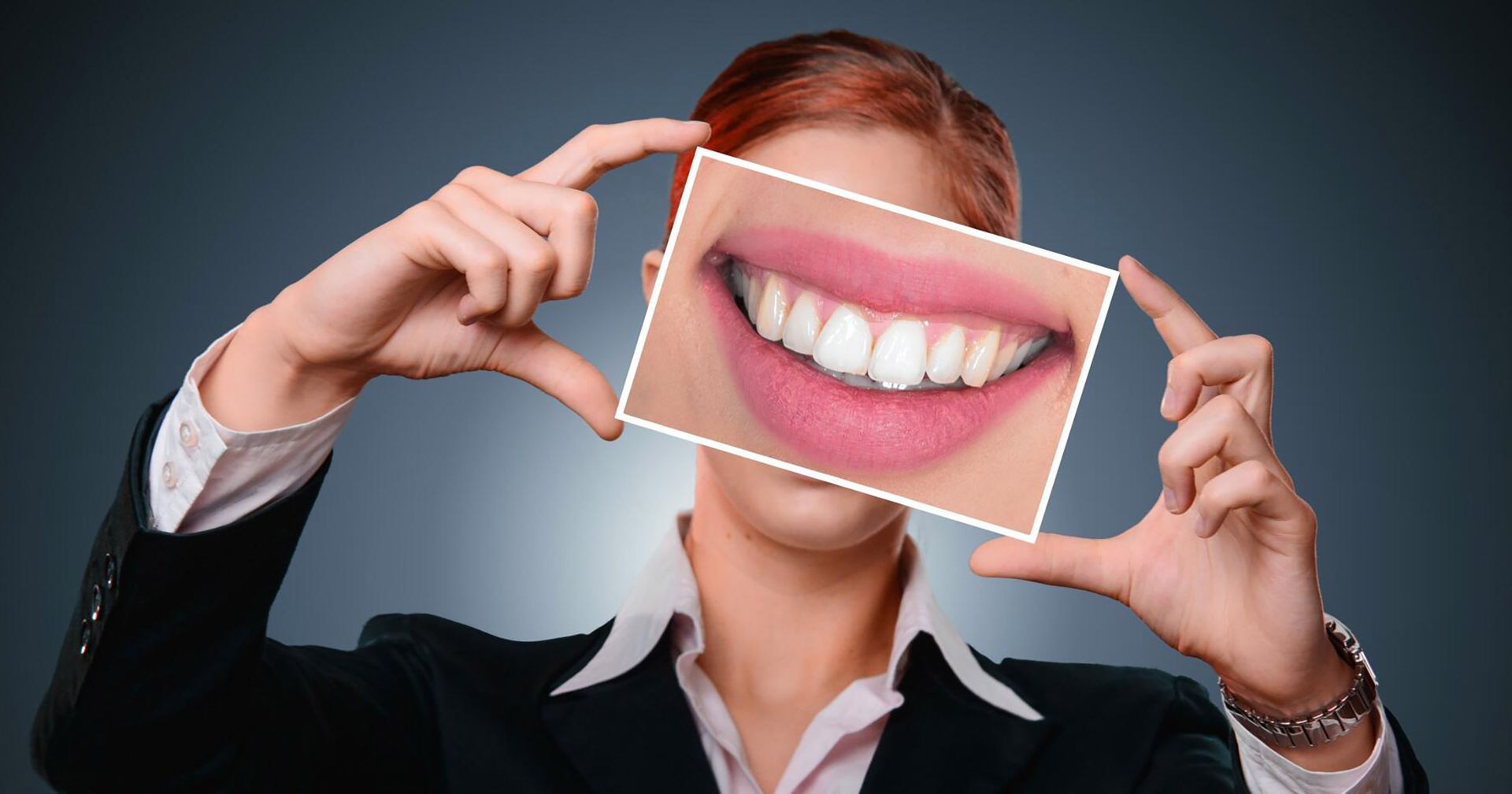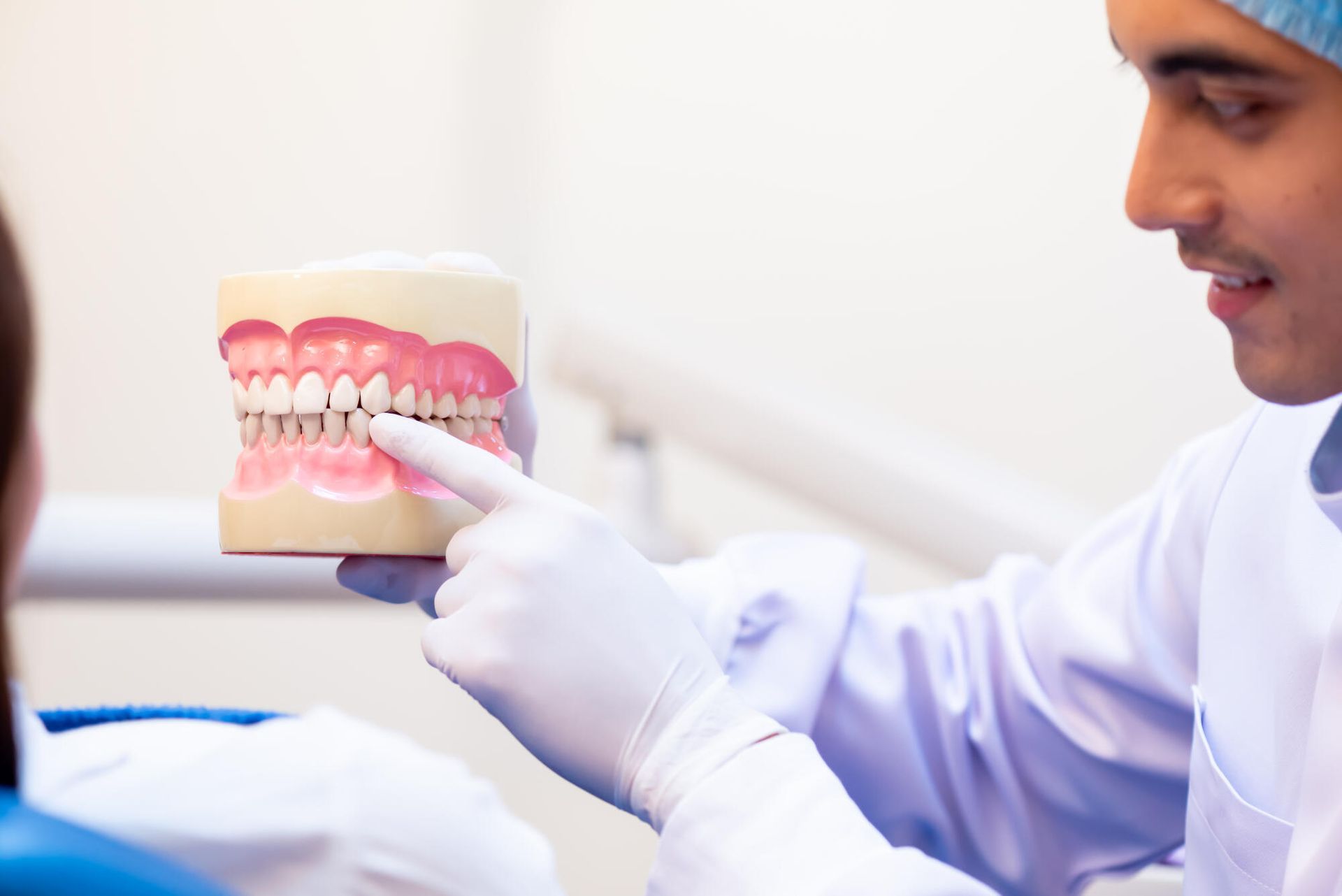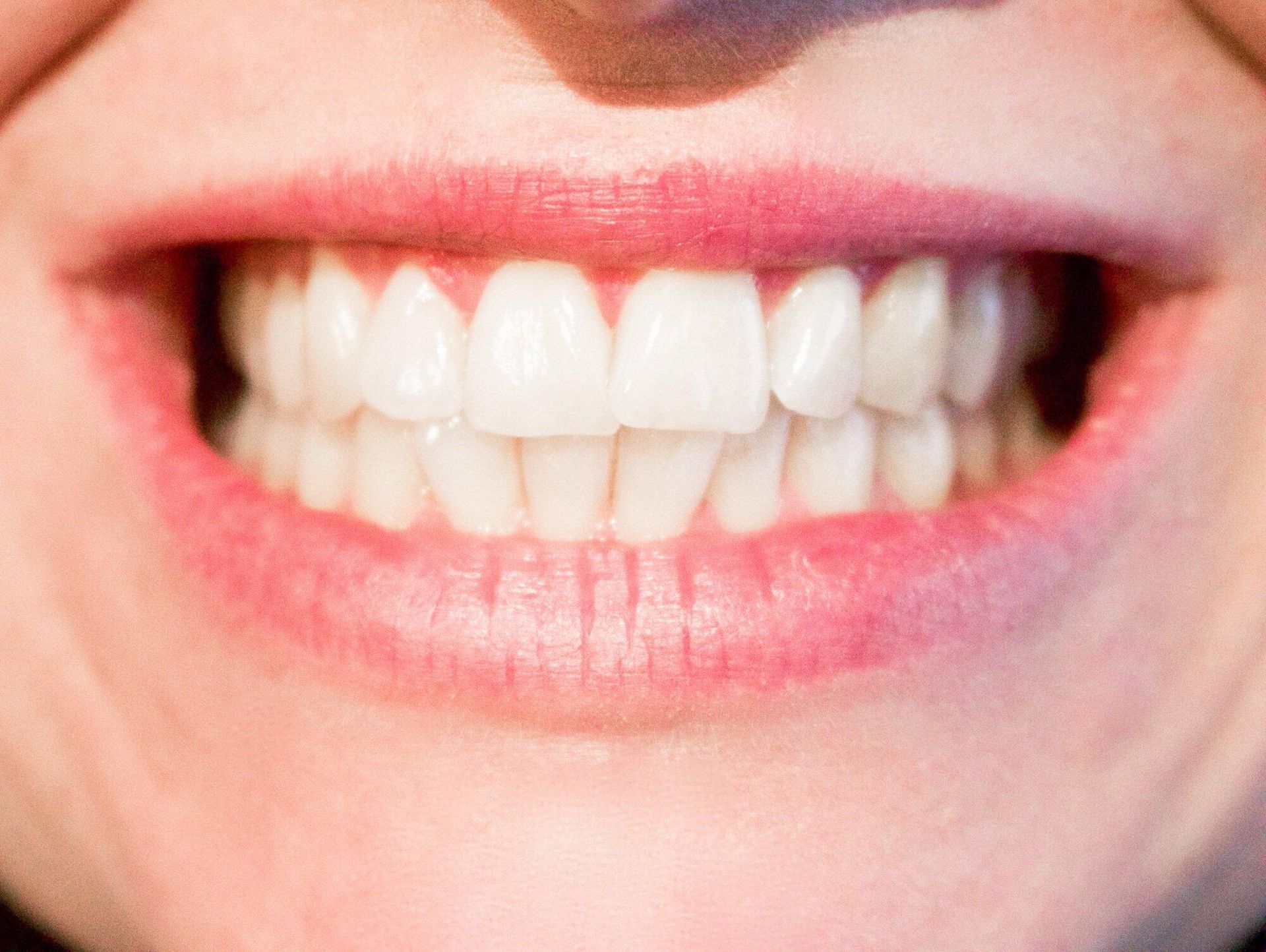Can a Chipped Tooth Grow Back? Expert Dental Insights
Can a chipped tooth grow back on its own? Uncover the truth and learn how to restore your smile effectively. uncover your options!
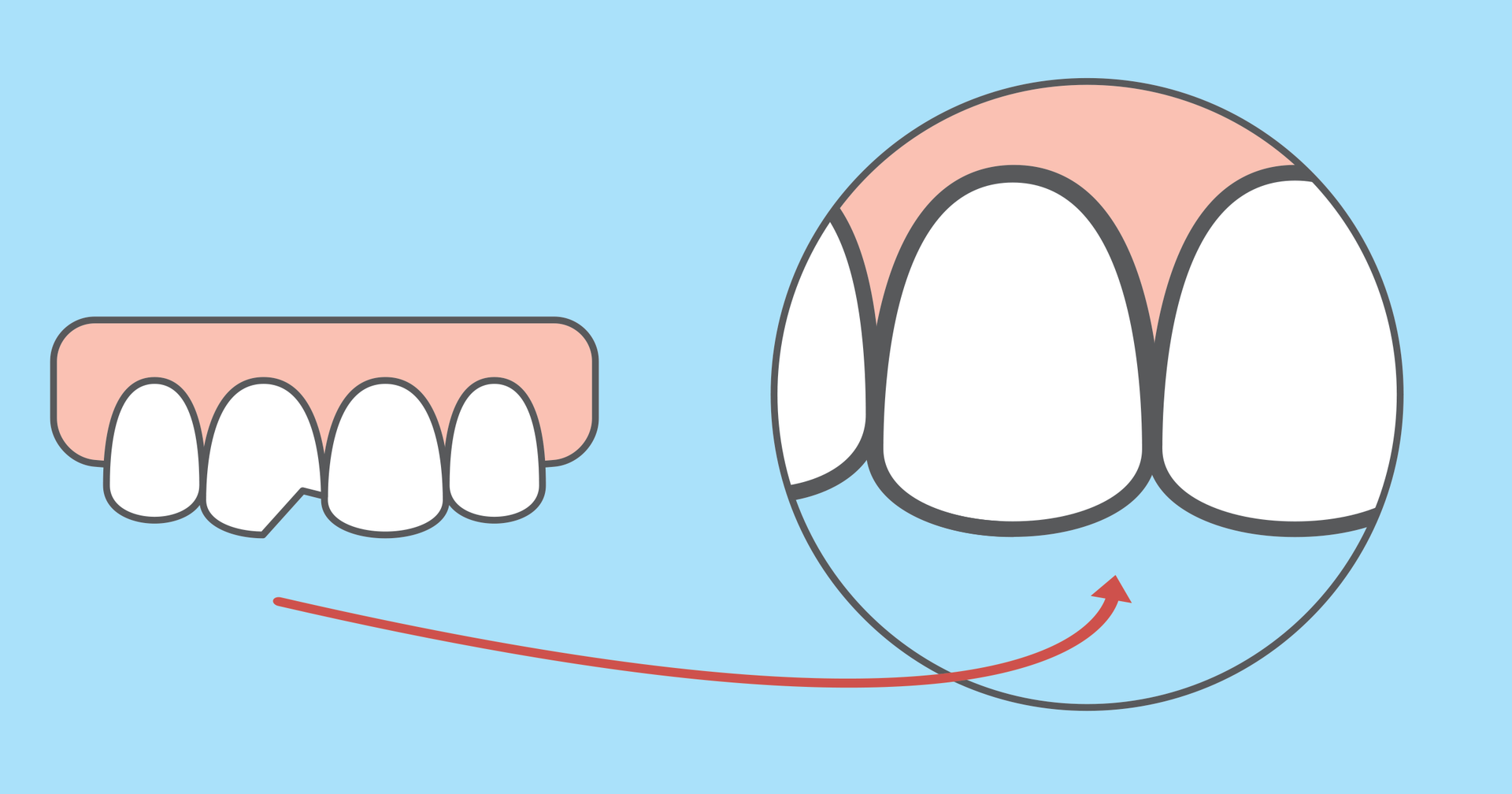
A post by Dentistry Today, citing an ADA survey, says over 60% of dentists saw more stress-related tooth damage, like chipped and cracked teeth.
If you're dealing with this kind of problem, you might have a few questions. One common question is, "Can a chipped tooth grow back?" You may hope it does, as that would save you from a trip to the dentist.
But the truth is, chipped teeth don't grow back. Unlike skin or bone, they don't heal over time. A chipped tooth can lead to pain and may even cause more serious damage if ignored.
So, what can you do? Keep reading to learn how to treat and manage a chipped tooth.
What Happens When You Chip a Tooth?
Your teeth are strong, but they aren't invincible. The outer layer, called enamel, is the hardest substance in your body- yet once it's damaged, it doesn't regenerate. When a tooth chips, part of that enamel breaks off, sometimes exposing the sensitive dentin underneath.
So, to answer the pressing question: no, a chipped tooth cannot grow back naturally. However, just because your tooth can't regenerate doesn't mean you're out of options. Modern dentistry has come a long way, offering several ways to repair chipped teeth and restore both function and appearance.
Chipped Tooth Treatment Options
The right chipped tooth treatment depends on:
- The severity of the chip
- The location of the chip
- Whether the tooth nerve is exposed
- If the tooth affects your bite
- The overall health of the tooth
- Whether there's pain or sensitivity
Small chips may only need minor cosmetic fixes, while larger ones could require more involved procedures.
Dental Bonding
Dental bonding is a quick way to repair small chips. The dentist uses a tooth-colored resin that blends with your natural tooth. They shape the material so it matches the rest of your tooth.
A special light then hardens the resin and holds it in place. This method works well for front teeth or teeth that show when you smile. If you're fixing chipped teeth without major dental work, bonding is often a good choice.
Dental Veneers
For larger chips or damage to front teeth, veneers offer a strong and natural-looking fix. These thin porcelain shells cover the front of your teeth and improve their shape and color. Veneers are a good choice if you want a smooth and lasting tooth restoration.
If you have concerns about how dental veneers work, consult experts like Dental Arts. Our team is made up of competent dentists who can offer all the information you need. They can guide you through every step.
Dental Crowns
If a large part of your tooth is chipped, your dentist may suggest a dental crown. A crown is a strong cap that covers the whole tooth. It protects the damaged area and helps you chew without pain.
Crowns also improve the shape and look of your tooth. They can last many years with good care. If you're looking for long-term dental care solutions, a crown is often a smart and safe option for damaged teeth.
Dental Filling
If the chip is small, your dentist may suggest using a filling to repair it. This is a quick and simple treatment that works well for minor damage. The dentist uses tooth-colored material to fill the chipped area.
It blends in with your natural tooth and helps restore its shape. This option is often used for back teeth. Teeth chipping does not always require major work, and a filling can be a smart, easy fix.
Root Canal Therapy
Sometimes, a chip reaches deep and exposes the soft inner part of the tooth, called the pulp. Pain, swelling, or infection can happen if it's not treated. Your dentist may recommend a root canal to solve the problem.
The damaged pulp is removed, and the inside of the tooth is cleaned. After treatment, the tooth is sealed to stop future issues. A dental visit is important if the chip goes beyond the outer surface.
Tooth Reattachment
In some cases, if you save the broken piece, dentists can reattach it to your tooth. The best results happen when the chip is clean and the tooth is not badly damaged. Pick up the broken piece right away if possible.
Rinse it gently with clean water to remove dirt. Place it in a small container of milk or saliva to keep it moist. Bring it with you to your dental appointment for the best chance of saving it.
Onlays or Inlays
If the chip affects the biting surface, your dentist may suggest an onlay or inlay. These custom pieces are made from strong materials like porcelain or resin. An inlay fits into the damaged area of the tooth.
An onlay covers a larger part, sitting on top of the tooth. Both options restore the teeth.
- Strength
- Shape
- Look
- Function
They help protect your tooth from further damage. Your dentist will check the size and location of the chip before deciding the best option for you.
Tooth Extraction and Replacement
If the tooth is too damaged to save, it may need to be removed. In this case, your dentist can recommend replacing the tooth to restore your smile. To replace the tooth, your dentist may suggest:
- A dental implant
- A dental bridge
- A partial denture
- A full denture
These options help restore function and appearance, so you can eat and speak normally again. Your dentist will help you choose the best solution based on your needs.
Can a Chipped Tooth Grow Back? What You Need to Know
Can a chipped tooth grow back? Unfortunately, a chipped tooth cannot grow back on its own. Once a tooth is damaged, it requires treatment to restore its strength and function. Fortunately, several effective options exist, from dental bonding to crowns and implants.
At Dental Arts, we care deeply about making dental treatments accessible. We offer up to 25% off in-office dental plans, as well as evening and weekend appointments to fit your schedule. Our team, led by Dr. Michaelsen, provides the latest treatments, ensuring you get the best care.
Contact us today, and let us help you maintain a healthy, beautiful smile!
